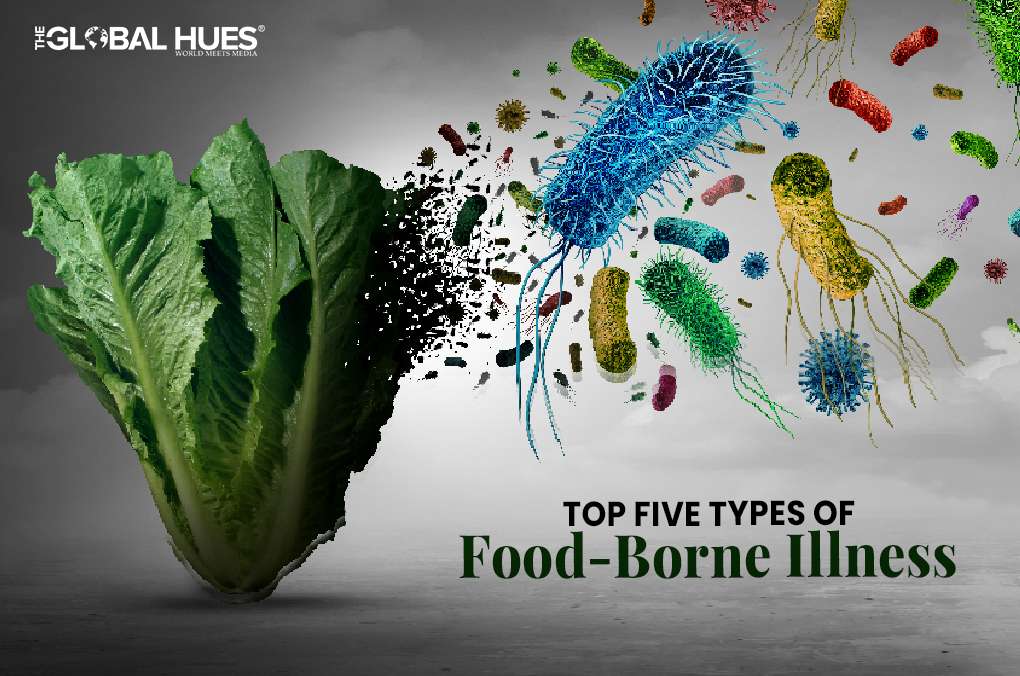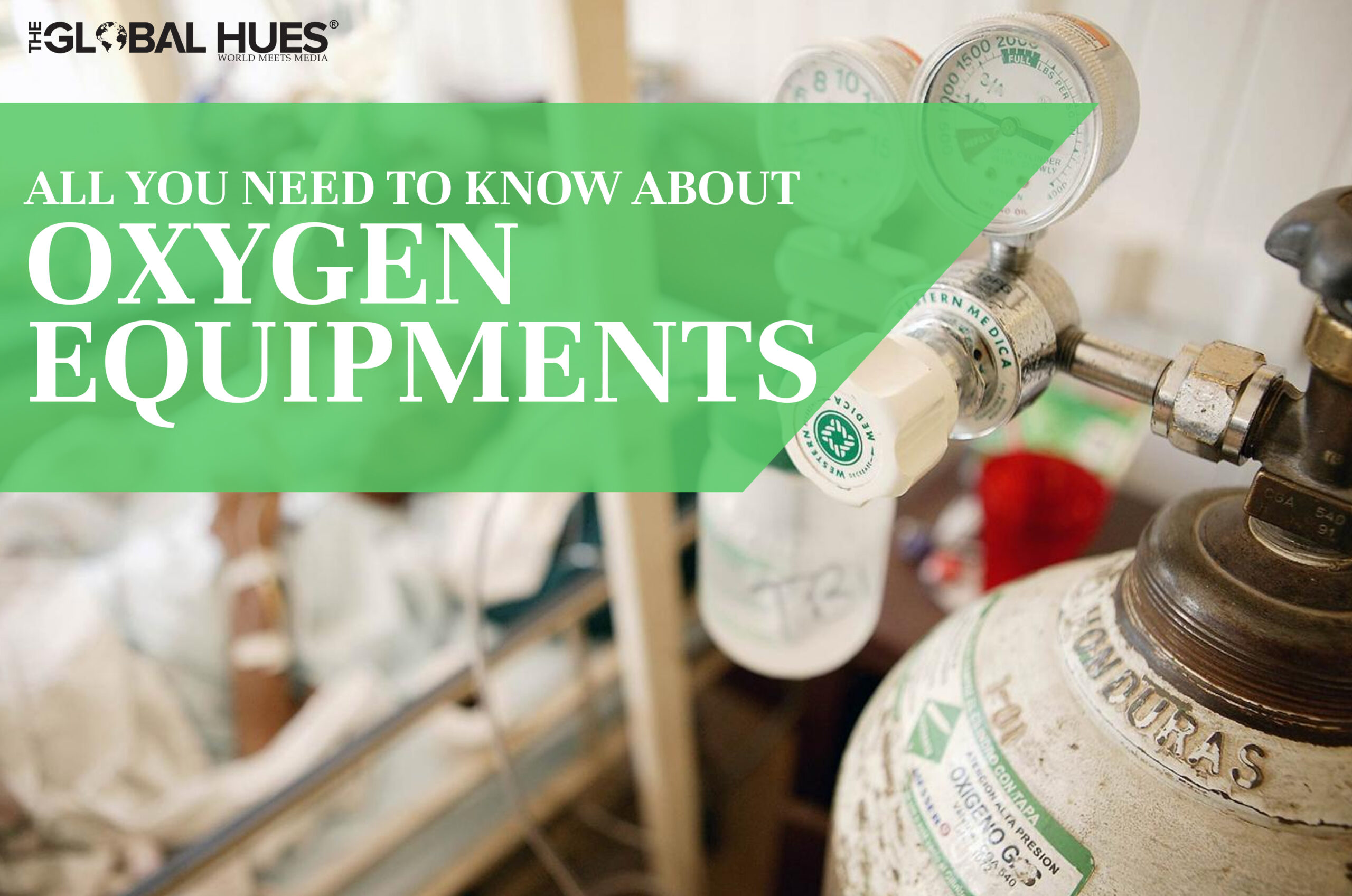Food provides you with nutrition and energy. But sometimes food can become bad due to contamination. Changing weather, poor quality of water and hygiene while making food can give rise to food-borne illnesses or can cause food poisoning. This article looks into the different types of food-borne illness.
Five Types Of Food-borne Illness
Salmonella Infection
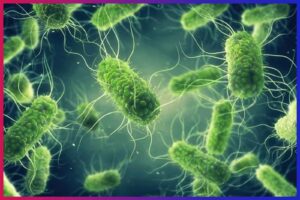
Salmonella is a bacteria found in raw products from animals, including eggs, meat, and milk. There are various strains of this bacteria, and they live in contaminated food and water. It affects your intestinal tract, and you may develop diarrhoea, fever, and stomach cramps within 8 to 72 hours of exposure to the bacteria. The infection lasts for a few days to a week.
If you don’t want to contract this bacteria, wash your hands thoroughly to stop the transfer of bacteria into your mouth or food. Ensure that you wash your hands for at least more than 20 seconds after you use the toilet, handle diapers, and touch raw meat and pet animals or their faces. Furthermore, you should store all the raw meat, poultry, and seafood separately to prevent cross-contamination.
Norovirus Infection

It is a contagious virus that causes gastroenteritis, an inflammation of the stomach and intestines. This virus is responsible for over 5.4 million food poisoning cases each year. The virus transmits through contaminated food, water or if you touch contaminated objects. The symptoms include nausea, vomiting, diarrhoea, stomach cramps, fever, headache, and body aches. The symptoms last for 24 to 72 hours, and dehydration can become a concern.
To avoid contracting this infection, wash your hands with soap, clean and disinfect food-making equipment with bleach, rinse the fruits and vegetables, and cook the shellfish and oysters thoroughly.
E.Coli Infection
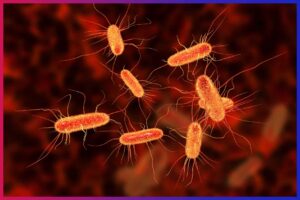
E. coli is a bacteria that lives in your intestines and is present in the guts of some animals. Most strains of E. coli are harmless, but some strains can cause diarrhoea if you eat contaminated food and water. It can also cause food poisoning, pneumonia, urinary tract infections, abdominal cramps, vomiting, and bloody diarrhoea and is the leading cause of acute kidney failure in children.
You become infected when you swallow E.coli through meat, untreated milk, contaminated fruits and vegetables, and contaminated water. Protection against E.coli includes washing your hands before preparing food for yourself and infants, after you have changed the baby’s diaper, and after handling raw meat.
Also Read: Nine Home Remedies To Cure Food-Borne Illnesses
Hepatitis A
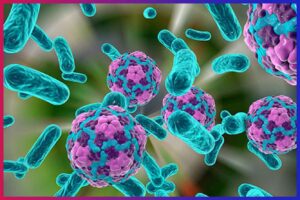
The Hepatitis A virus transmits through contaminated food and water or direct contact with an infectious person. It is the inflammation of the liver, and it is closely associated with unsafe food and water, inadequate sanitation, poor personal hygiene, and oral-anal sex. The illness is usually mild and it starts after 2 to 4 of consuming the contaminated food or water. You can reduce the spread of Hepatitis A by following these steps:
- Provide an adequate supply of drinking water
- Proper disposal of sewage
- Following personal hygiene conducts like washing hands before meals and after going to the washroom
Campylobacteriosis
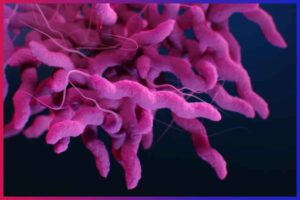
Campylobacter species of bacteria are the common cause of food-borne illnesses in the United States. It enters the body when you consume contaminated water, unpasteurised milk or cheese, and raw or undercooked poultry. The symptoms of the infection include nausea, vomiting, diarrhoea, cramps and fever that may last up to 10 days. Infants and children are at a greater risk of contracting this illness. Follow these steps to prevent yourself from contracting this infection:
- Wash your hands after you work with meat and poultry.
- Keep uncooked meat separate from fruits and vegetables. Ensure that you use different utensils for the meat and the vegetables.
- Wash your hands after touching a pet.
- Wash your hands properly after using the washroom.
Conclusion
To summarise, understanding the causes and signs of several food-borne infections is essential for prevention. Important actions to reduce the risk of contamination include washing your hands frequently, segregating raw foods and ensuring your food is cooked through. The best line of defence against these frequently avoidable but possibly dangerous health issues associated with food consumption is still good hygiene practices.

